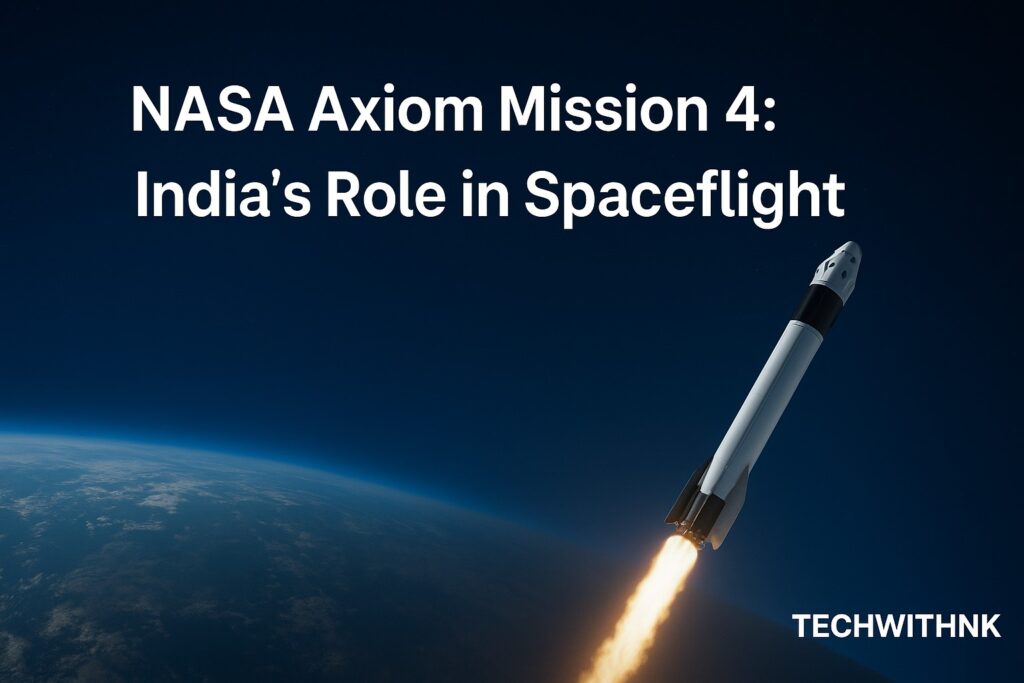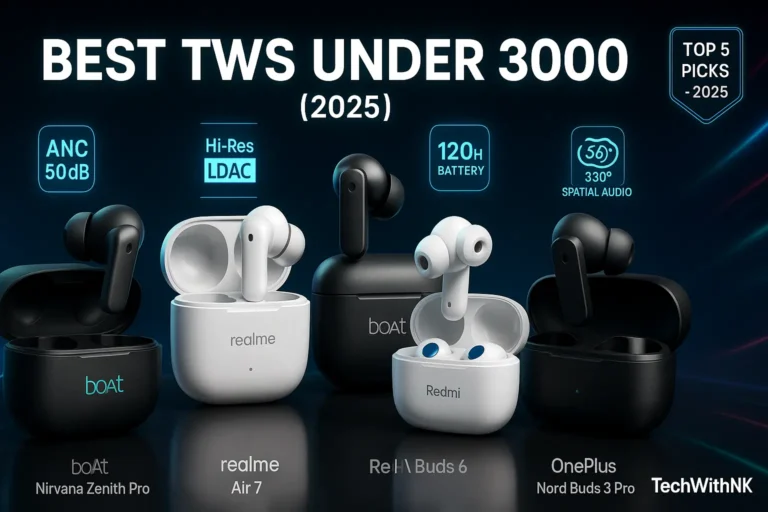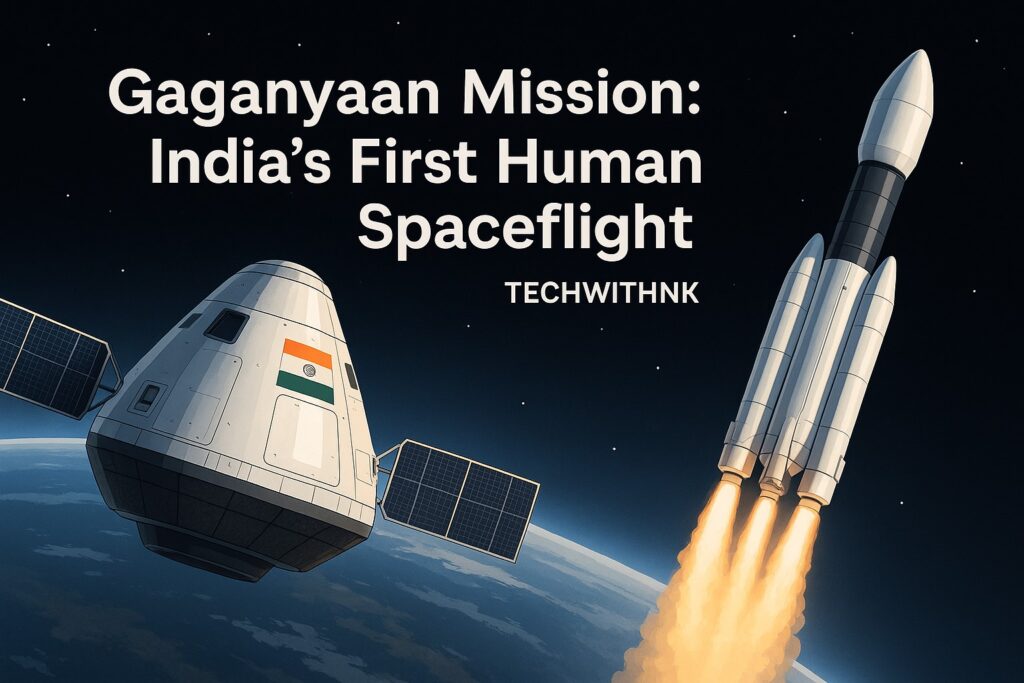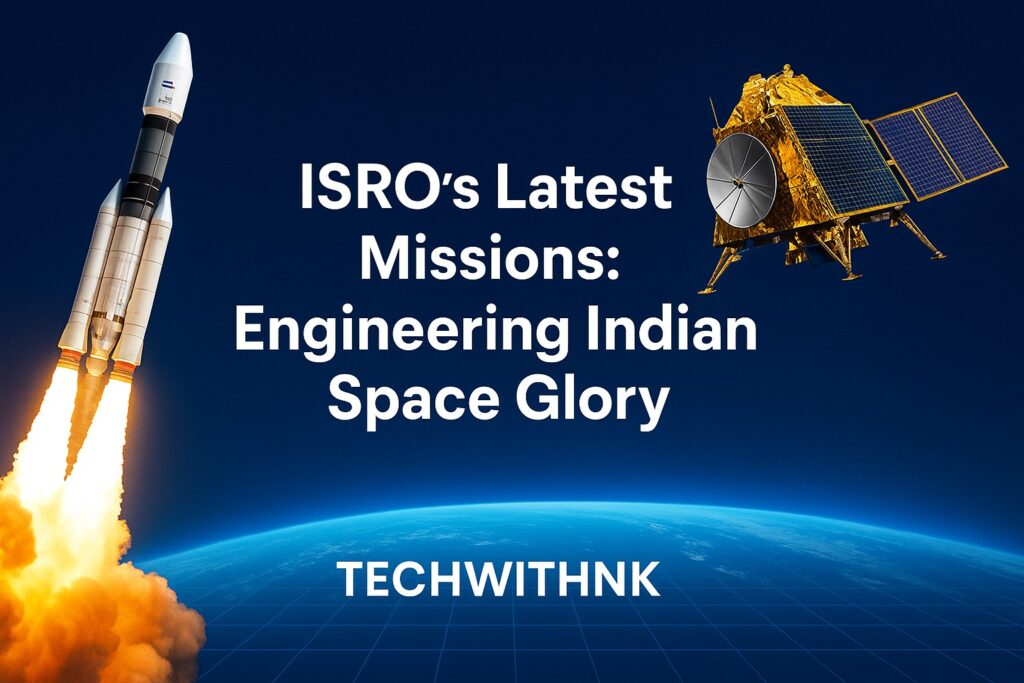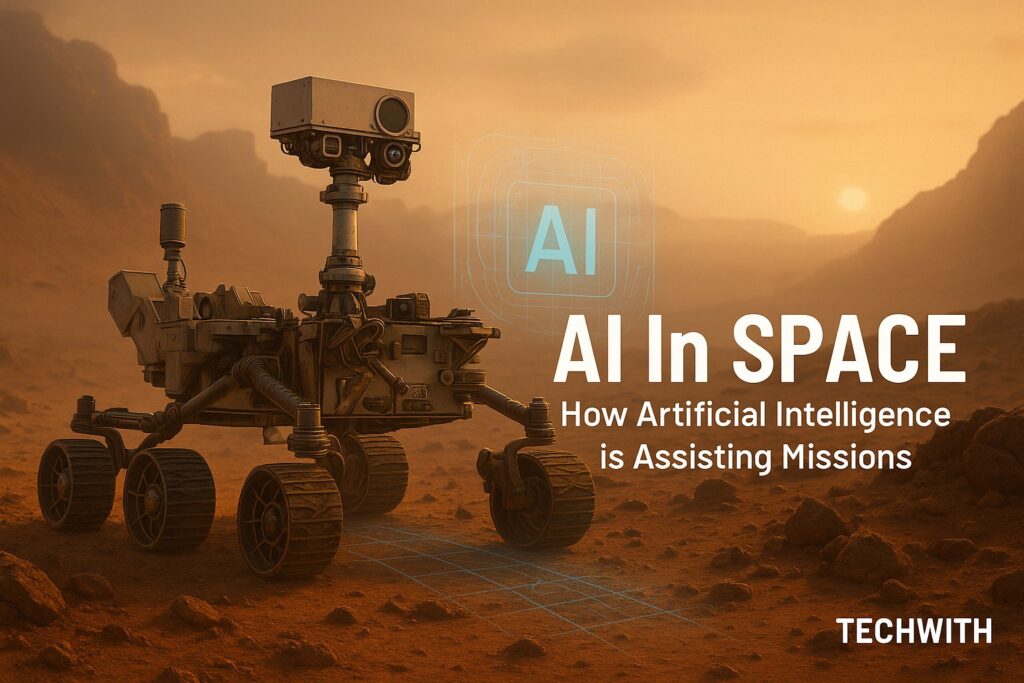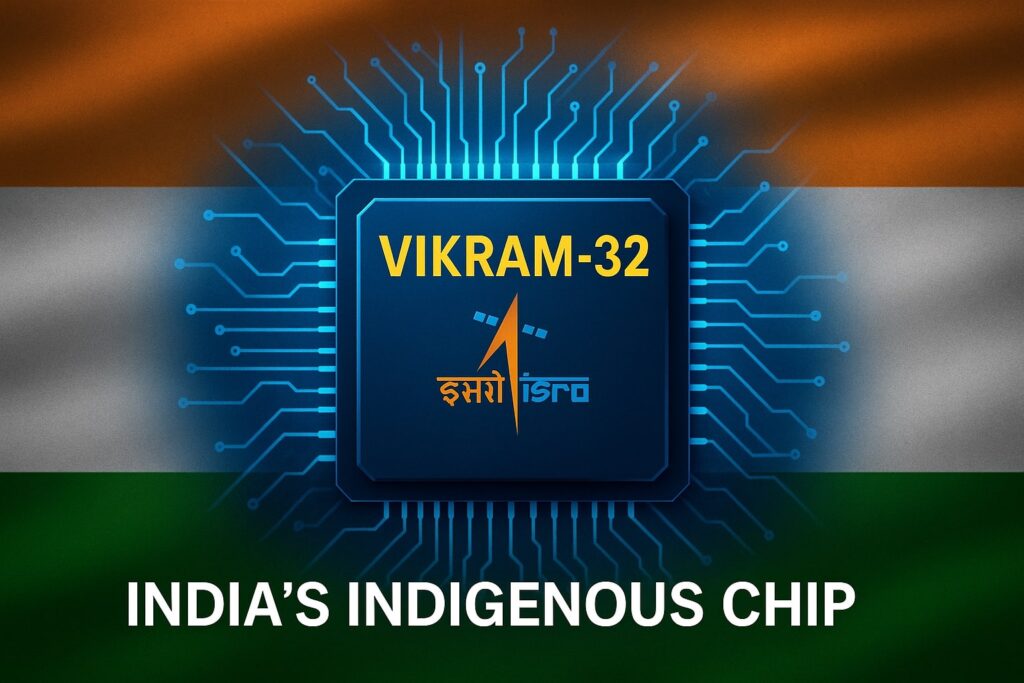Table of Contents
ToggleIntroduction
As humanity inches closer to a new age of space exploration, few missions symbolize this transition more poignantly than NASA’s Axiom Mission 4 (Ax-4). Far from being a routine spaceflight, Ax-4 is a blueprint for the evolving synergy between governmental space agencies and private aerospace companies. Spearheaded by Axiom Space, in partnership with NASA and SpaceX, the Ax-4 mission represents a turning point in how humans venture beyond Earth.
The Rise of Commercial Spaceflight
Traditionally, space exploration has been the domain of government-funded programs. But in recent decades, the rise of commercial space companies has radically shifted the landscape. Axiom Space, founded with the vision of building the world’s first commercial space station, is at the forefront of this revolution. The Ax-4 mission exemplifies this vision, operating as part of NASA’s broader goal to enable private industry to assume a greater role in low Earth orbit (LEO).
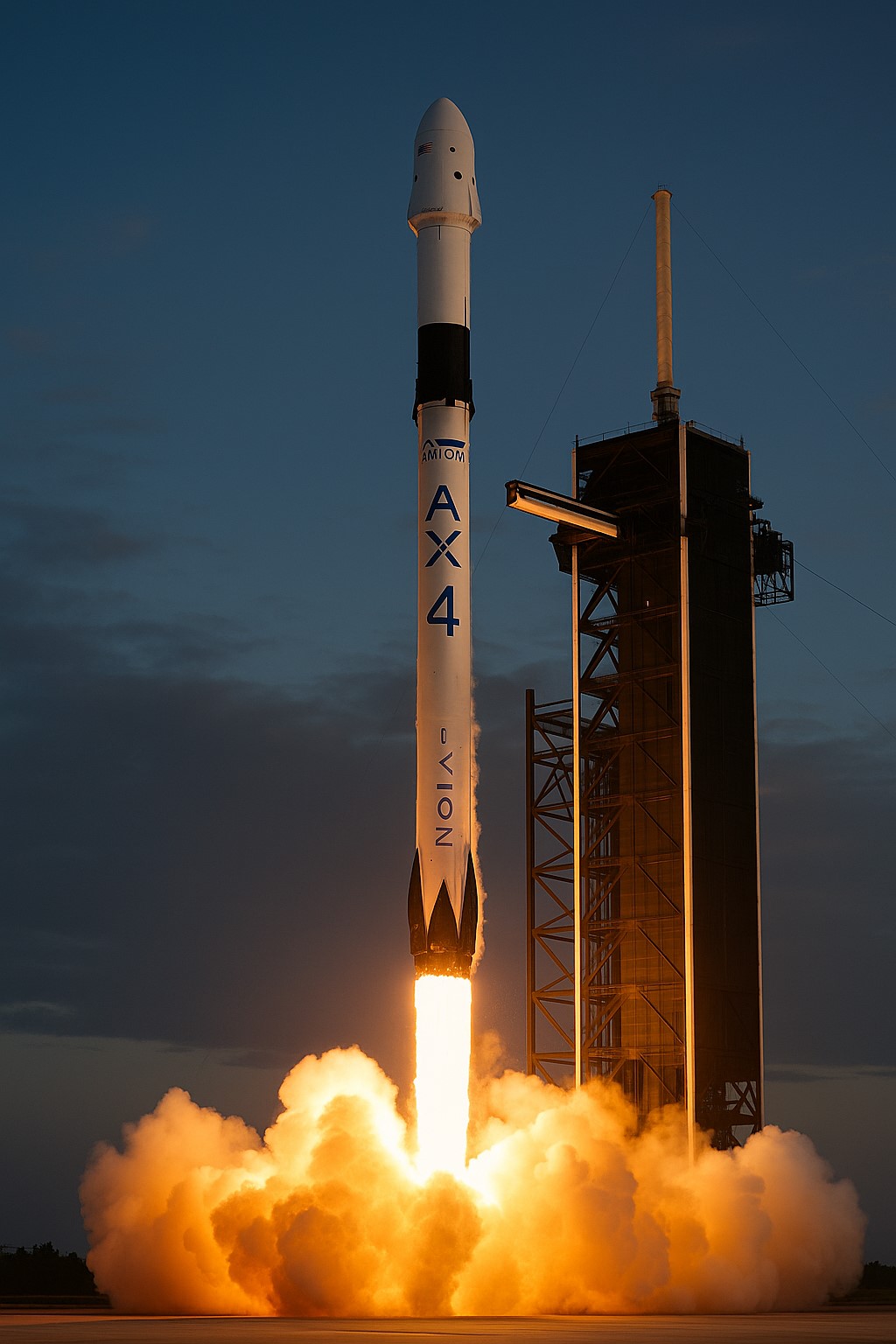
What is Axiom Mission 4?
Axiom Mission 4 is the fourth in a series of private astronaut missions to the International Space Station (ISS). Unlike traditional NASA-led missions, Ax-4 is entirely operated by Axiom Space using SpaceX’s Falcon 9 rocket and Crew Dragon spacecraft. The crew is composed of both professional astronauts and private individuals trained for space travel, highlighting the mission’s dual role in science and commercial development.
Scheduled for late 2024 or early 2025, Ax-4 is set to launch from NASA’s Kennedy Space Center in Florida. The mission will involve a 14-day stay aboard the ISS, during which the crew will conduct a variety of scientific, educational, and commercial activities.
Key Objectives of Ax-4
1. Science and Research
The Ax-4 crew will engage in dozens of experiments spanning biology, material science, human physiology, and space medicine. These experiments are crucial in understanding how extended space travel affects the human body and how microgravity can be used to advance Earth-based technologies.
2. Commercial Integration
A core aim of Ax-4 is to demonstrate how private missions can seamlessly integrate with the existing ISS ecosystem. This includes testing proprietary Axiom hardware and protocols that will eventually support the company’s planned Axiom Station, a commercial successor to the ISS.
3. International Collaboration
Ax-4 is expected to include international astronauts from a diverse range of countries, reflecting the global interest in space. Axiom Space has formed partnerships with international space agencies and universities to facilitate collaborative experiments and outreach efforts.
4. Training and Safety Protocols
All Ax-4 crew members undergo rigorous training alongside NASA astronauts. This includes simulations, emergency procedures, spacecraft systems, and physical conditioning. Axiom’s partnership with NASA ensures that these private missions meet the same safety standards as government-led expeditions.
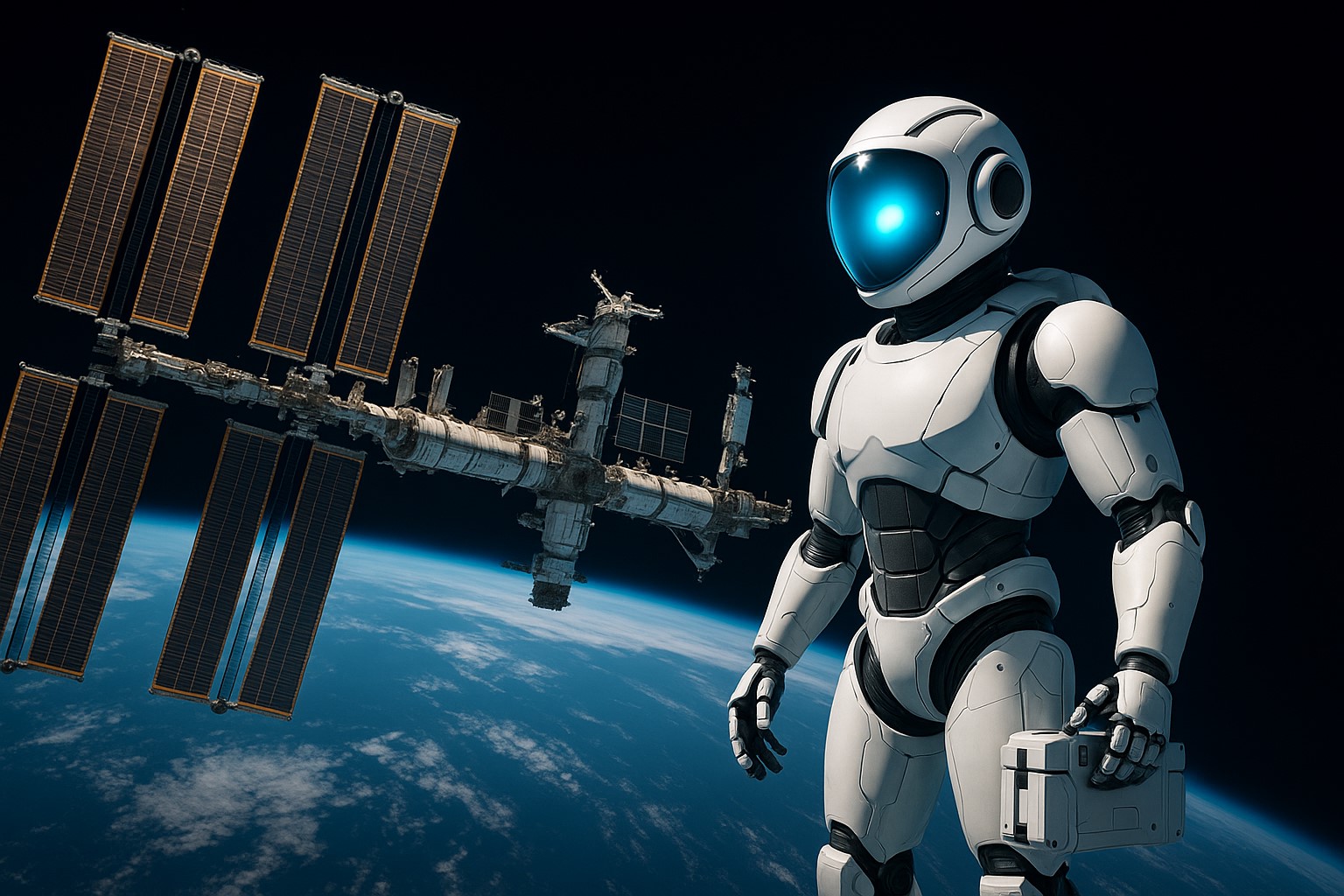
The Crew of Axiom Mission 4
While the final crew lineup is subject to confirmation, Ax-4 will feature a mix of experienced astronauts and mission specialists from various professional backgrounds. Each member brings a unique perspective, ranging from medical research to technology entrepreneurship. Their combined expertise ensures a dynamic and well-rounded mission.
The Role of Indian Scientist Shubhanshu Shukla
A standout figure in the Ax-4 mission is Indian scientist Dr. Shubhanshu Shukla, who has been instrumental in the mission’s research planning and technological coordination. Dr. Shukla, an expert in human-machine interaction and microgravity systems, has contributed to the design of intelligent diagnostic tools and cognitive augmentation technologies that will be tested aboard the ISS during Ax-4.
Hailing from India, Dr. Shukla has long advocated for the integration of AI with ethical design principles, and Ax-4 offers him a platform to trial such systems in space. His work bridges neuroscience, AI, and aerospace engineering, and his involvement marks a proud milestone for Indian participation in international space missions.
Dr. Shukla is also actively involved in mentoring young researchers across India, leveraging the Ax-4 mission to inspire STEM education and innovation. He symbolizes the growing role of Indian scientists in shaping the future of global space exploration.

The Role of SpaceX
SpaceX provides the launch vehicle and Crew Dragon capsule for the Ax-4 mission. The Crew Dragon spacecraft, known for its autonomous docking capabilities and advanced life-support systems, offers a safe and efficient mode of transportation to and from the ISS. This collaboration underscores SpaceX’s growing role in commercial space travel.
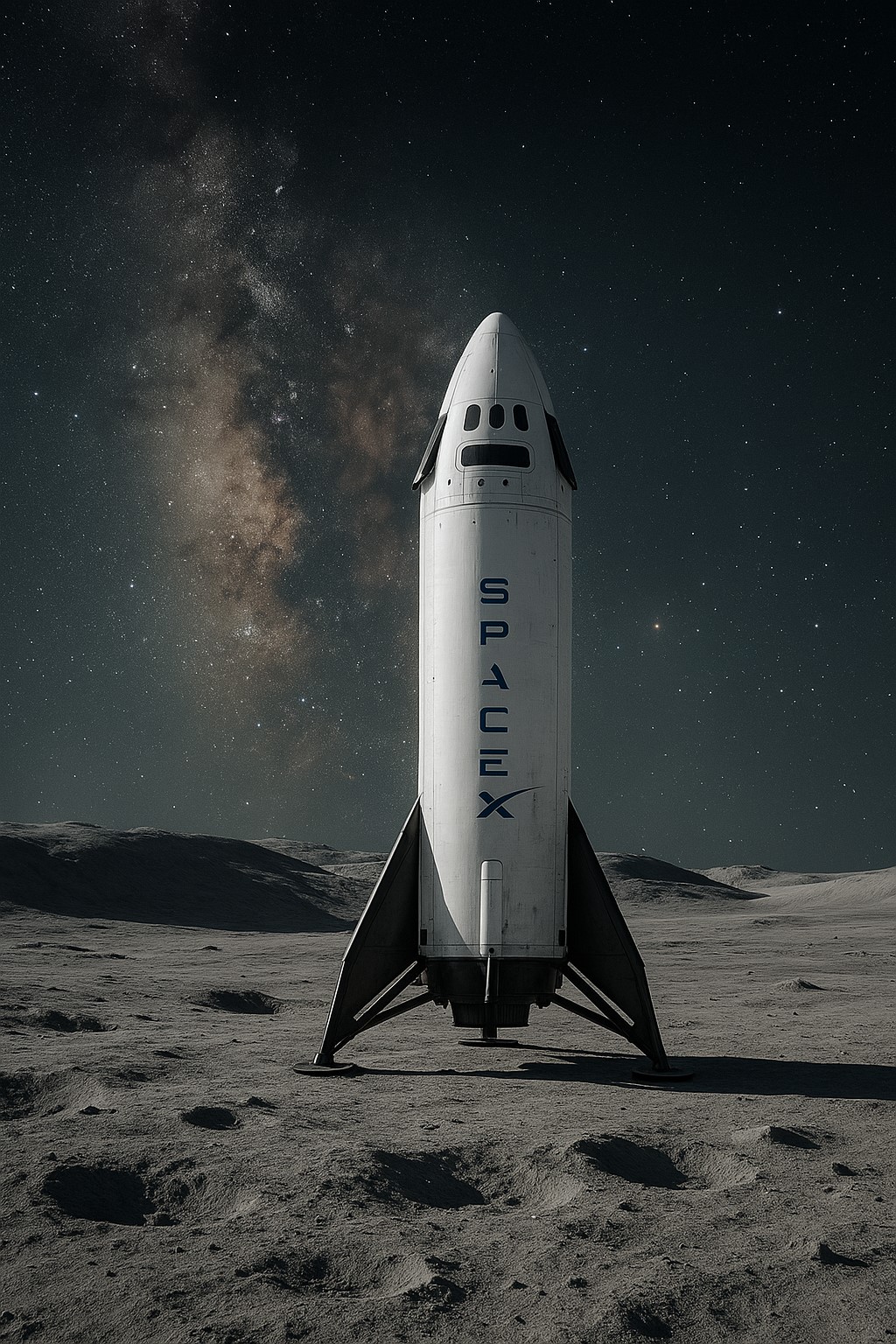
Axiom Station: The Future Beyond Ax-4
One of the most exciting aspects of Axiom’s work is its plan to build the first commercial space station. Slated to begin operations later this decade, the Axiom Station will initially attach to the ISS before eventually separating into a free-flying facility. Ax-4 plays a pivotal role in this roadmap by testing critical components and operational procedures that will be used aboard the Axiom Station.

NASA’s Commercial Strategy
Lorem ipsum dolor sit amet, consectetur adipiscing elit. Ut elit tellus, luctus nec ullamcorper mattis, pulvina
NASA views missions like Ax-4 as essential to its long-term strategy. By outsourcing routine LEO operations to the private sector, NASA can redirect its resources toward deep space missions, such as Artemis (the return to the Moon) and eventually Mars exploration. The Commercial LEO Development program is central to this approach, with Axiom Space serving as a key partner.
Educational and Outreach Components
Ax-4 isn’t just about science and technology. It’s also about inspiration. Axiom Space actively involves students, educators, and the general public through interactive programs and live communications during the mission. These initiatives are designed to inspire the next generation of scientists, engineers, and explorers. Dr. Shukla, in particular, has developed online workshops and educational modules for Indian students to follow the mission and conduct parallel experiments in local labs.
Challenges and Considerations
As with any pioneering endeavor, Ax-4 faces several challenges. Coordinating between public and private entities, managing international crew members, and ensuring safety in space are all complex tasks. Additionally, the growing number of private missions raises questions about orbital traffic management and long-term sustainability.
However, each challenge is also an opportunity. The lessons learned from Ax-4 will inform future missions and help shape international policy on commercial space activity.
Looking Forward
The Axiom Mission 4 by NASA and its partners marks a new era in spaceflight. It bridges the legacy of government-led exploration with the promise of private innovation. With each mission, Axiom Space and NASA move closer to a future where access to space is not a rare achievement but a routine enterprise.
Final Thoughts: The Dawn of a New Space Age
Axiom Mission 4 is more than a spaceflight; it is a statement of intent. It declares that space is no longer the exclusive domain of superpowers and astronauts. It is a place for entrepreneurs, educators, and ordinary citizens with extraordinary dreams.
As we watch the Ax-4 crew launch into the sky, we are also watching the beginning of a new chapter—one where the stars are not just above us, but within our reach. The future of space is here, and it is open for business. And with scientists like Dr. Shubhanshu Shukla helping lead the way, that future looks both inclusive and inspiring.
What is NASA's Axiom Mission 4 (Ax-4)?
Axiom Mission 4 is the fourth private astronaut mission to the International Space Station, organized by Axiom Space in partnership with NASA and SpaceX. It focuses on scientific research, commercial space operations, and international collaboration.
Who is Dr. Shubhanshu Shukla and what is his role in Ax-4?
Dr. Shubhanshu Shukla is an Indian scientist contributing to the Ax-4 mission in the fields of human-machine interaction and intelligent systems for microgravity environments. He is involved in research planning, cognitive technology development, and STEM outreach.
How is India involved in this mission?
Yes. Axiom Space and scientists like Dr. Shukla are creating educational programs and virtual workshops to help students worldwide, including in India, learn from and engage with the mission.

